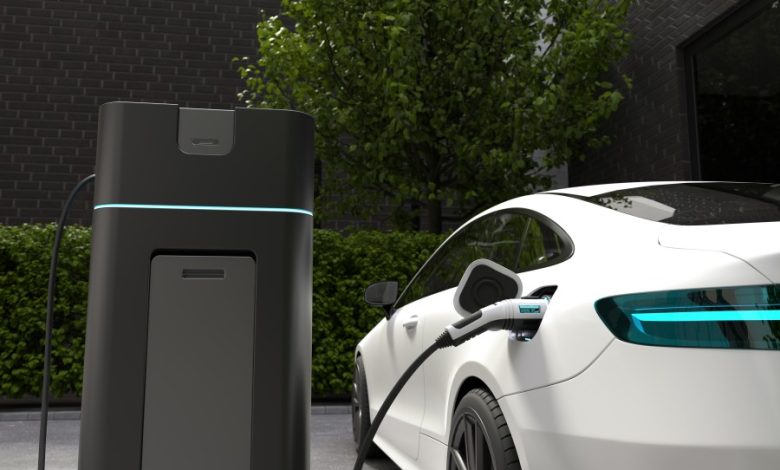I Was Surprised at How Easy It Was to Install My Level 2 EV Charger

By now, most drivers have heard that an electric vehicle (EV) can be powered by solar panels on the roof of your house, but it’s still surprising to see just how easy it can be to install an EV level 2 charger installation at your own home. In my experience with installing an EV charger at my house, I was shocked at how simple and hassle-free the process was; I expected to run into some problems or delays, but it all came together much more easily than I could have imagined.
Why I Decided to Install an EV Charger
For me, the decision came down to convenience. The chargers I installed are level two chargers which means they charge my car faster than level one chargers and can be used in any weather. I had never really thought about an electric vehicle before this, but now that I have one, it’s much easier for me to drive across town without worrying about finding a gas station. What ultimately convinced me was how easy it was to install the charger. In less than a day, I had everything hooked up and running.
What You Need to Know About Level 2 Chargers
Many people want to charge their electric vehicle (EV) but aren’t sure where they can go to find a station. Installing a home charger is one of the most cost-effective ways you can charge your car since you’ll never have to worry about finding an available charging station. I recently bought an electric car and had a level two charger installed in my garage, which is more expensive than installing a level one charger but much faster, so it’s worth it if you need your car charged quickly. After I ordered the charger, the company sent someone out with all the tools necessary for installation. They arrived on time and within three hours had completed everything.
The Installation Process
- I needed to find a qualified electrician who would do the installation. I called up my father, who has an electrician friend who installed an outlet in my garage for me a few years ago. He gave me his contact information and I set up a time with him for the installation. His charges were reasonable, so we went with him.
- The day before the installation, he came over and took measurements of where the charger should go and what kind of wiring was required for it, which was something that I had never done before so it was really helpful for me to have someone come out and show me how everything should be done in person.
The Cost of Installing an EV Charger
Installing an EV charger was surprisingly easy. I knew it would take some time, but the actual process took less than an hour and included just a few steps. I’ve been an electric vehicle owner for a year now and have always been frustrated by how quickly my battery would get drained. I didn’t want to rely on public charging stations or make myself available for others who may need a charge so I decided it was time to install my own in-home charging station. After doing some research, I went with the best option for me: installing a level 2 charger in my garage. What really surprised me was how inexpensive it is!
How Much Electricity Does an EV Charger Use?
An electric car can be recharged by plugging it into a wall outlet. This is called charging on a 120-volt or 240-volt level 1 charger, respectively. The process of charging an electric car with a level 1 charger is slow and can take anywhere from 4 hours to 22 hours, depending on the make and model of the vehicle. A level 2 EV charger plugs into an electrical outlet and provides 240 volts, which dramatically speeds up the charge time. For example, if you have a Nissan Leaf with a 30 kWh battery pack and use a standard 120-volt household outlet, it would take about 10 hours to fully recharge your battery. However, using a level 2 EV charger with 240 volts would cut that time down to about 3 hours!
The Benefits of Having an EV Charger
-Receive a rebate from your electric company for the cost of installation. -No need to worry about running out of gas when you’re on a long trip and can’t find an available gas station. -Able to charge your car while you sleep so that it’s ready for you in the morning. -Save money on fuel costs by driving on electricity instead of gasoline.
Before you install a charging station, you need to consider which type of charger you’ll be getting. Typically there are two types of chargers available: a level 1 charger and a level 2 charger. A level 1 charger will charge your car about 4 miles for every hour of charging time, and if you’re using it at home you’ll likely have it connected to an existing electrical outlet in your garage or on your driveway. A level 2 charger is more powerful and can charge your vehicle faster than a level 1 charger, but will require more physical space as well as additional equipment such as a circuit breaker panel or a second electrical service panel. You should also consider where you’re going to install your EV charging station and how much time is needed for installation before buying any equipment.




